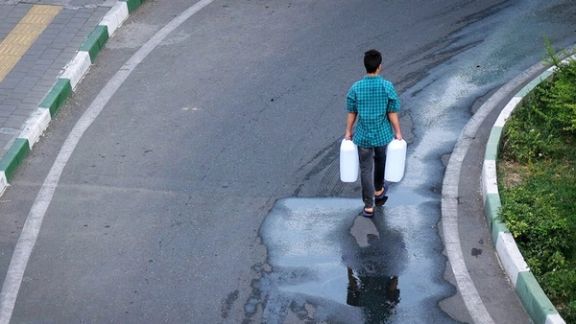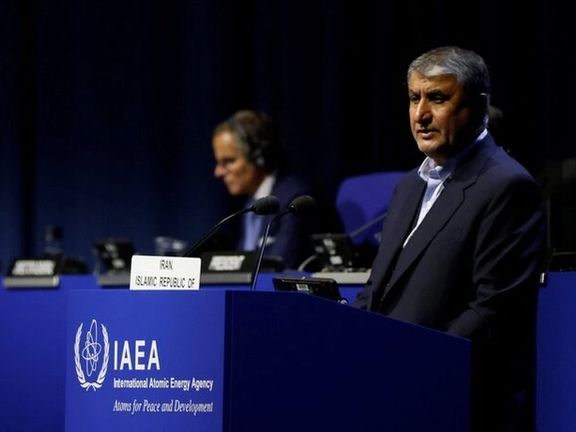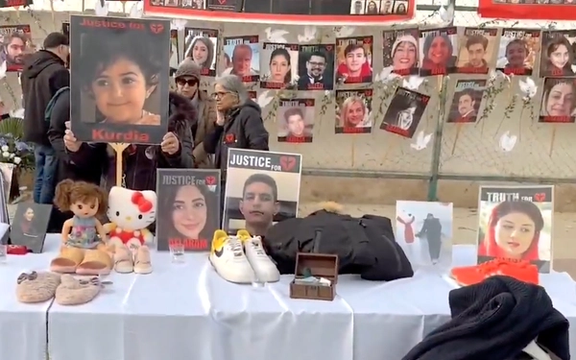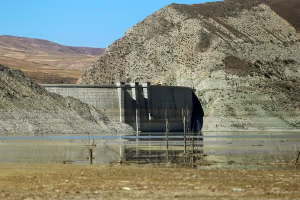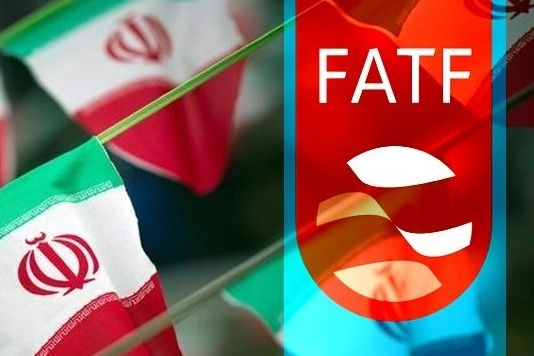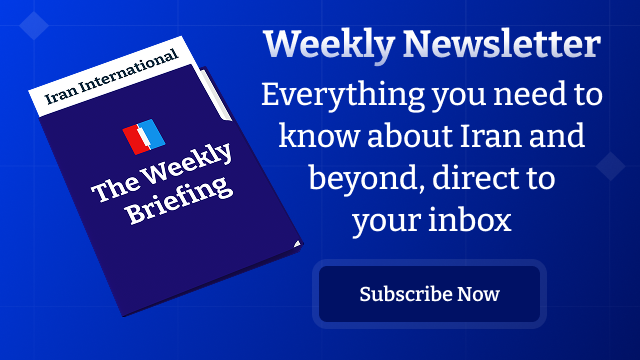The moderate camp, led by President Masoud Pezeshkian, has hailed the invitation as an economic lifeline. But hardliners say it could compromise the country’s sanctions-busting networks.
Even if Iran’s divided leadership presses ahead, the road to full clearance is expected to be slow, contested and closely monitored by the watchdog.
Praise and pushback
Economy Minister Ali Madanizadeh, appointed last month, called the FATF’s overture “good news” for Iran’s economy in a state TV interview.
Official administration outlets IRNA and the Iran newspaper were quick to celebrate the development, describing it as recognition of Iran’s reform efforts and a potential removal of the “self-inflicted blockage” that could pave the way for wider global engagement.
Hardliners see it differently.
Fars News, affiliated with the Revolutionary Guards, warned that FATF is about national security, not just banking, citing the “bitter experience” when Iran’s oil sales network was exposed through the FATF process.
With international reports pointing to record-high oil exports, Fars urged the economy ministry to approach the meeting with “heightened caution.”
Legislation years in limbo
In May, Iran’s hardline-dominated Expediency Council finally approved the Palermo Act, one of two key measures FATF requires to curb money laundering and terrorism financing.
The other, the Combating the Financing of Terrorism (CFT) convention, remains under review after years of delay.
The legislative process for both began in 2019 but stalled under hardliner resistance, with opponents warning that accession would hand sensitive financial data to Western governments.
What is FATF and why removal is slow
FATF is a Paris-based intergovernmental body that sets global standards for anti-money-laundering and counter-terrorist-financing (AML/CFT) frameworks.
Iran was first blacklisted in 2008, briefly downgraded to the “grey list” after partial compliance, then re-blacklisted in 2020.
As of June 2025, the grey list had 25 countries and the black list only three: Myanmar, North Korea and Iran.
Countries leaving the blacklist typically move to the grey list—a category for states with “strategic deficiencies” that have pledged to fix them under FATF monitoring.
They often remain there for years to prove reforms are being implemented in practice. Those failing to follow through can be blacklisted again.
What’s at stake
Shifting to the grey list could ease Iran’s access to international banking and reduce transaction costs, though FATF itself does not lift sanctions.
Its recommendations guide members to apply “countermeasures,” including rigorous bank scrutiny, termination of correspondent banking ties, and mandatory reporting of all Iranian transactions, even small or routine, to financial intelligence units, creating delays and extra costs.
For now, the FATF meeting offers only a narrow opening that is shaped as much by Iran’s domestic power struggle as by the technical demands of the watchdog.
